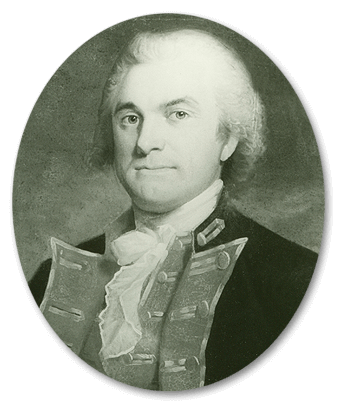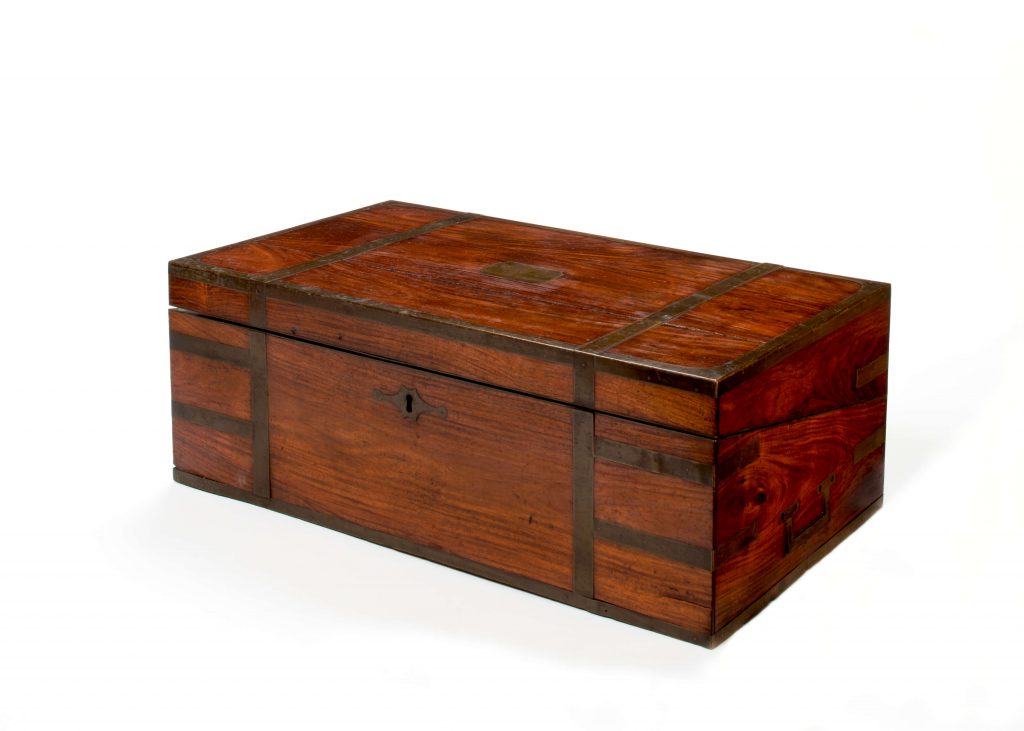Ship's Crew

Silas Talbot
Rank(s): Captain
Dates of Service: 6/5/1799 - 9/8/1801
Birth Date: 1/11/1751
Death Date: 6/30/1813
Silas Talbot was born in Dighton, Massachusetts on January 11, 1751, the youngest son of 18 children. Apprenticed to a stonemason after his father’s death, he abandoned the hammer and chisel to sail in the coasting trade but soon resumed the building trade at Providence, Rhode Island. He joined the local militia in 1774 and was made a lieutenant. At the American Revolution’s beginning, his company was taken into the Continental service and Talbot was made a captain. He earned meritorious promotions to major and lieutenant colonel in the army – and a commission as captain in the Continental Navy. All told, he is said to have been wounded 13 times and carried five musket balls in his body. Talbot became involved in mercantile enterprises and land speculation in New York after the war. He was twice sent to the New York state assembly and, in 1793, became a congressman. When Congress authorized a new navy, Talbot was commissioned a captain, with orders to oversee the construction of a frigate at New York. That project was suspended in 1796, and for the next three years Talbot was employed in various government efforts.
Talbot took command of Constitution on June 5, 1799. After spending more than two months correcting problems with the rig, he sailed in August for Haitian waters. He commanded a seven-ship squadron assigned to protect American shipping during the Quasi-War with France. Constitution was too big a vessel to be effective in coastal waters, so she acted more as a headquarters and supply point for her smaller companions. Talbot faced a difficult situation; his orders directed him to stay out of Haitian ports as much as possible to avoid entanglements in an ongoing slave revolution. This he did in remarkable fashion, ultimately remaining at sea for 347 out of the 364 days of the cruise, and doing it with few deaths and no significant disciplinary problems. On one occasion, Talbot sent a vessel carrying seamen and Marines from Constitution into Puerto Plata to cut out a French privateer. While the operation was successful, it was determined that the port was under neutral Spanish rule, and the privateer was returned. After spending the last third of 1800 in Boston overhauling the ship, Talbot returned to the Haitian station. Four months later the Quasi-War with France ended and the ship returned home in the summer of 1801.Facing navy-wide personnel reductions, Talbot resigned his commission and returned to his New York estate.
Talbot and his son Cyrus resumed land speculation, making several trips west to the Northwest Territory and Kentucky. While Cyrus settled on a part of his father’s land in Kentucky, Silas spent his remaining years in semi-retirement in New York City. He died on June 30, 1813, and was interred in the graveyard of Trinity Church.
Commodore Talbot’s name has been carried by a destroyer (1918) and a guided missile ocean escort (1967).
Image Credit
